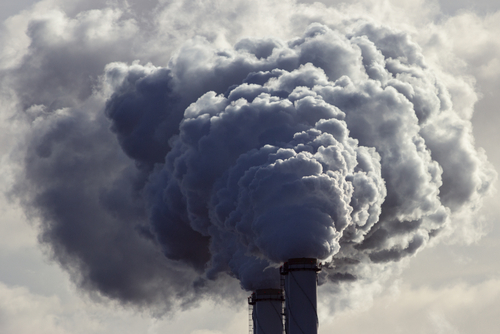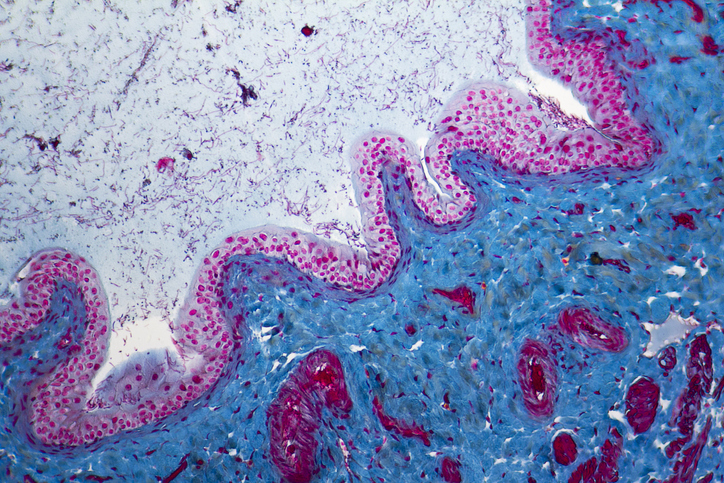
Air pollution exposure may increase the risk of developing systemic lupus erythematosus (SLE), according to a study in Arthritis & Rheumatology.
Researchers investigated the association between long-term air pollution exposure and incident SLE development, considering the influence of specific air pollutants as well as genetic risk factors. Data from the UK Biobank were utilized, and 459,815 participants were included. The air pollutants assessed were fine particulate matter with a diameter of ≤2.5 μm (PM2.5), particulate matter with a diameter of ≤10 μm (PM10), nitrogen dioxide (NO2), and nitrogen oxides (NOx). Cox proportional hazard models were used to assess associations between pollutants and incident SLE. Researchers utilized a polygenic risk score (PRS) to measure interactions and joint effects of genetic risk with air pollution exposure.
From the total cohort, 399 participants were identified as having SLE. This subgroup had a median follow-up of 11.77 years. The researchers found a positive association between air pollutant exposure and incident SLE for all measured pollutants. The adjusted hazard ratio (aHR) for each interquartile range increase in PM2.5, PM10, NO2, and NOx was 1.18 (95% CI, 1.06-1.32), 1.23 (95% CI, 1.10-1.39), 1.27 (95% CI, 1.14-1.41), and 1.13 (95% CI, 1.03-1.23), respectively.
Individuals with a high genetic risk of SLE and high air pollution exposure were at the highest risk of incident SLE when compared with patients with low genetic risk and low exposure. The aHRs for the high-risk/high-exposure subgroup were 4.16 for PM2.5 (95% CI, 2.67-6.49), 5.31 for PM10 (95% CI, 3.30-8.55), 5.61 for NO2 (95% CI, 3.45-9.13), and 4.80 for NOx (95% CI, 3.00-7.66). The authors noted a “significant multiplicative interaction between NO2 and PRS.”
In summary, “Long-term exposure to air pollutants (PM2.5, PM10, NO2, and NOx) may increase the risk of developing SLE,” the authors wrote.







 © 2025 Mashup Media, LLC, a Formedics Property. All Rights Reserved.
© 2025 Mashup Media, LLC, a Formedics Property. All Rights Reserved.